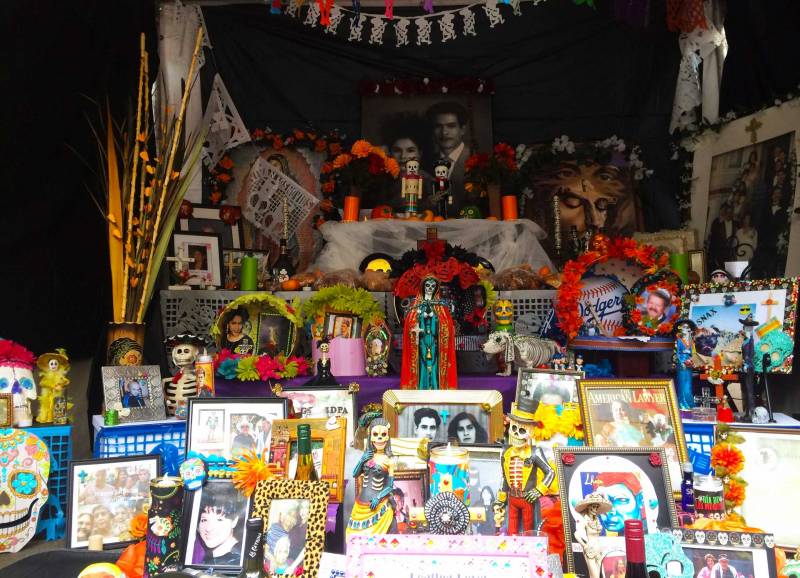In a year marked heavily by grief — whether wrought by the COVID-19 pandemic, police brutality or state violence — Día de los Muertos carries a renewed power for community healing.
And while public officials this fall are discouraging public gatherings, many are encouraging families to find ways to honor loved ones safely from home, like building an altar, sharing stories and playing music in memory of the dead.
KQED Forum spoke to Lara Medina, professor of Chicana and Chicano studies at California State University, Northridge about how many events are finding safe sanctuary from COVID-19 online this year, how the pandemic is sharpening the experience of loss for so many in the Latinx community, and why a society that often prefers to neglect feelings of grief can draw lessons from Día de los Muertos in how to heal, cope and understand death.
This interview has been lightly edited for length and clarity.
Carrying Forth Día de los Muertos in 2020
The majority of us in this society are experiencing grief either from the pandemic or from police and state violence on brown and Black bodies. So we have a lot to grieve about.
And even if we’re not going to be involved in an event, virtually, it’s really important that we do this in our living spaces. Even if we’re alone, we can do it.

